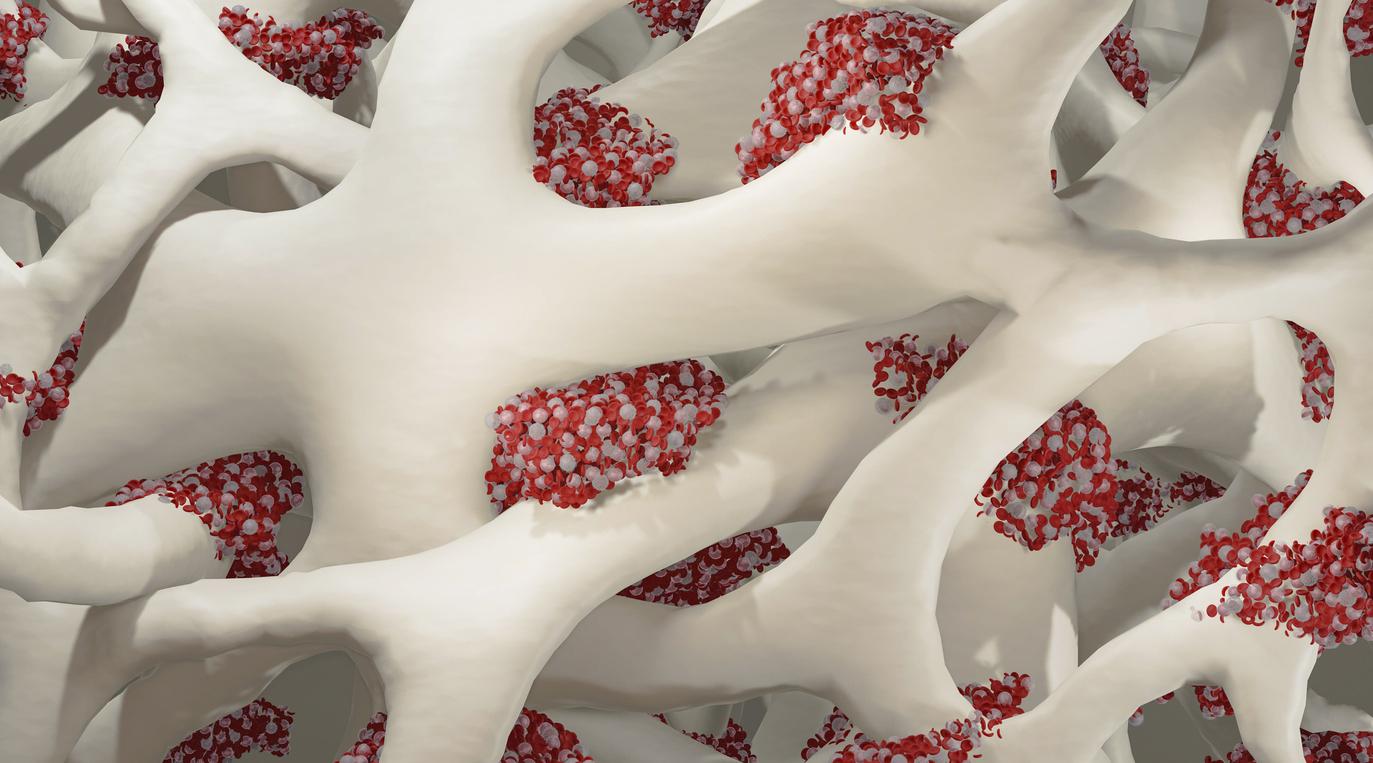Bone marrow donations are used to cure people who have serious blood diseases.

- Essential to life, bone marrow is responsible for the formation of so-called “hematopoietic” stem cells.
- Bone marrow donation helps treat serious blood diseases.
- A transplant using bone marrow cells taken from a male donor increases the chances of success of the operation.
- This is explained by immunological factors.
In a press release, the biomedicine agency explains why she is more actively seeking male bone marrow donors.
Although the national registry of voluntary bone marrow donors only includes 35% men, more than 70% of bone marrow donors recruited for their patients by transplant teams each year are men.
Bone marrow: male donors improve chances of graft success
“Doctors have in fact found that a transplant carried out using bone marrow cells taken from a male donor increases the chances of success of the operation for their patient,” indicates the biomedicine agency. “This is explained by immunological factors: the antibodies naturally developed by women during pregnancy (even if it is not carried to term) complicate the aftermath of the transplant in the recipient. In men, these antibodies are absent, making them the most suitable candidates for the best chances of recovery,” she adds.
“Despite repeated and highly targeted donor recruitment campaigns aimed at young males, it appears that several factors that are still poorly defined are holding back men’s commitment, such as persistent confusion between bone marrow and spinal cord or apprehensions related to the methods of collection.” experts deplore. “It is important to emphasize that in 80% of cases, it is a blood sample. The mobilization of men is essential to continue to effectively treat patients suffering from serious blood diseases such as leukemia,” they emphasize.
Transplant: how does a bone marrow donation take place?
There are two methods for bone marrow harvesting, each of which can collect a different type of graft that meets the patient’s needs.
Regarding the most common one called “cytapheresis”, The person first receives a medication by subcutaneous injection a few days before the donation. Once the time has come, the specialists perform a bone marrow sample which lasts about 4 hours, a repeat of this process being sometimes necessary.
Although much rarer, it is also possible to donate bone marrow by taking it by puncture from the posterior bones of the pelvis under general anesthesia and 48 hours of hospital care.
Essential to life, bone marrow is responsible for the formation of so-called stem cells. “hematopoietic”. In short, these are the cells that produce all of our blood cells (red blood cells, white blood cells and platelets).



















